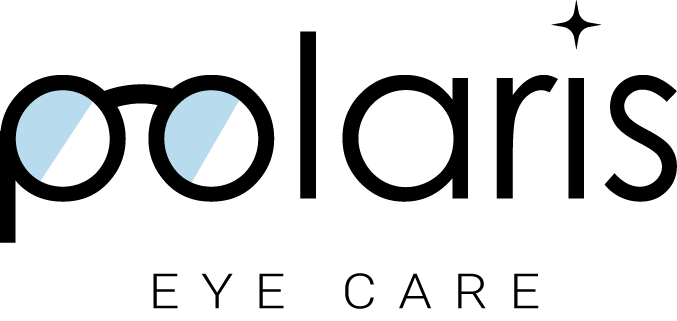Eye Disease Management and Treatment
Dr. Yew is trained to diagnose, treat and help prevent diseases and disorders affecting the visual system, the eye and related structures. Your eyes are the window to your overall health. Dr. Yew can help identify general health conditions that are often first detected through an eye exam, provide referrals to specialists and help manage post-eye-surgery health. Many serious eye conditions don’t have obvious symptoms. Some eye diseases only show symptoms when the condition is advanced and difficult, or even impossible to treat. It is important to have a complete ocular health assessment to ensure optimal eye health and early detection of any eye diseases.
Common Eye Conditions and Diseases:
Cataracts↓
We have a natural lens inside our eyes to focus incoming light onto the retina and allow us to see clearly. Over time, due to age, UV exposure, certain disease, and environment factors, the lens becomes cloudy. This can lead one to experience blurred vision, glare, and altered colour perception, which cannot be adequately resolved with a glasses prescription. The main treatment is cataract surgery by an ophthalmologist where the cloudy lens is replaced by a clear implant. Cataracts are most often found in individuals over 60 years old.
Glaucoma↓
Glaucoma is a chronic condition characterized by the progressive degeneration of the optic nerve. It is often called the ‘silent thief’ as symptoms are not generally experienced until the late stages of the disease where irreversible vision loss has already occurred. If left untreated, peripheral vision is affected first, progressing further into one’s central vision. Risk factors for developing glaucoma include high eye pressure, age, family history, and certain health conditions such as diabetes and high blood pressure. It is important to detect this condition early so that treatment can be initiated to slow down the progression of the disease, and hence preserve your remaining vision.
Macular degeneration (AMD)↓
Age-Related Macular degeneration affects the central part of your retina called the macula. The macula is responsible for detailed central vision, used for reading, driving, and face recognition. This condition causes the center of your vision to blur while leaving your peripheral vision generally intact. Risk factors for developing AMD include increased age, smoking, and family history. When detected, certain measures such as lifestyle modification and vitamin supplementation may help prevent progression of the disease. Macular degeneration is the leading cause of blindness in North America in adults over age 55. It is important to have routine eye exams with your optometrist to detect for any early signs of AMD.
Diabetic retinopathy↓
Diabetes can affect many parts of the eye. It can lead to fluctuations in your spectacle prescription, early cataracts, paralysis of the nerves that control the eye muscles and/or pupil, and can be associated with glaucoma. Diabetic retinopathy occurs from the weakening or swelling of the retinal blood vessels which can lead to blood leakage, the growth of new blood vessels, and other changes. If left untreated, blindness can result. It is important for anyone with diabetes to receive a comprehensive eye exam by an optometrist on a yearly basis to look for these changes.
Dry Eye Syndrome↓
Dry eyes can be caused by not producing enough tears, rapid tear evaporation, or reduced quality of tears from an imbalance in its chemical composition. It can be a result of age, hormonal changes, environmental exposure, or medications. Frequent complaints of dry eye include stinging, discomfort, fluctuating vision, and a gritty foreign body sensation. Although dry eye is a chronic condition, it is important to have your eyes evaluated by an optometrist who can recommend measures and prescribe medications suitable to improve your comfort and overall eye health.
Hypertensive retinopathy↓
High blood pressure can lead to significant damage of the circulatory system, affecting organs such as the eyes. Hypertensive retinopathy occurs when the blood vessel walls in the retina at the back of the eye become damaged. They thicken and harden, a condition that can lead to arteriosclerosis. Hypertensive retinopathy can be shown by narrowing of the retinal arteries, and bleeding at the back of the eye. It can lead to complications such as blockage of your retinal blood vessels and damage to the optic nerve which can lead to vision loss. Lifestyle changes and medication are essential in the management of this condition.

